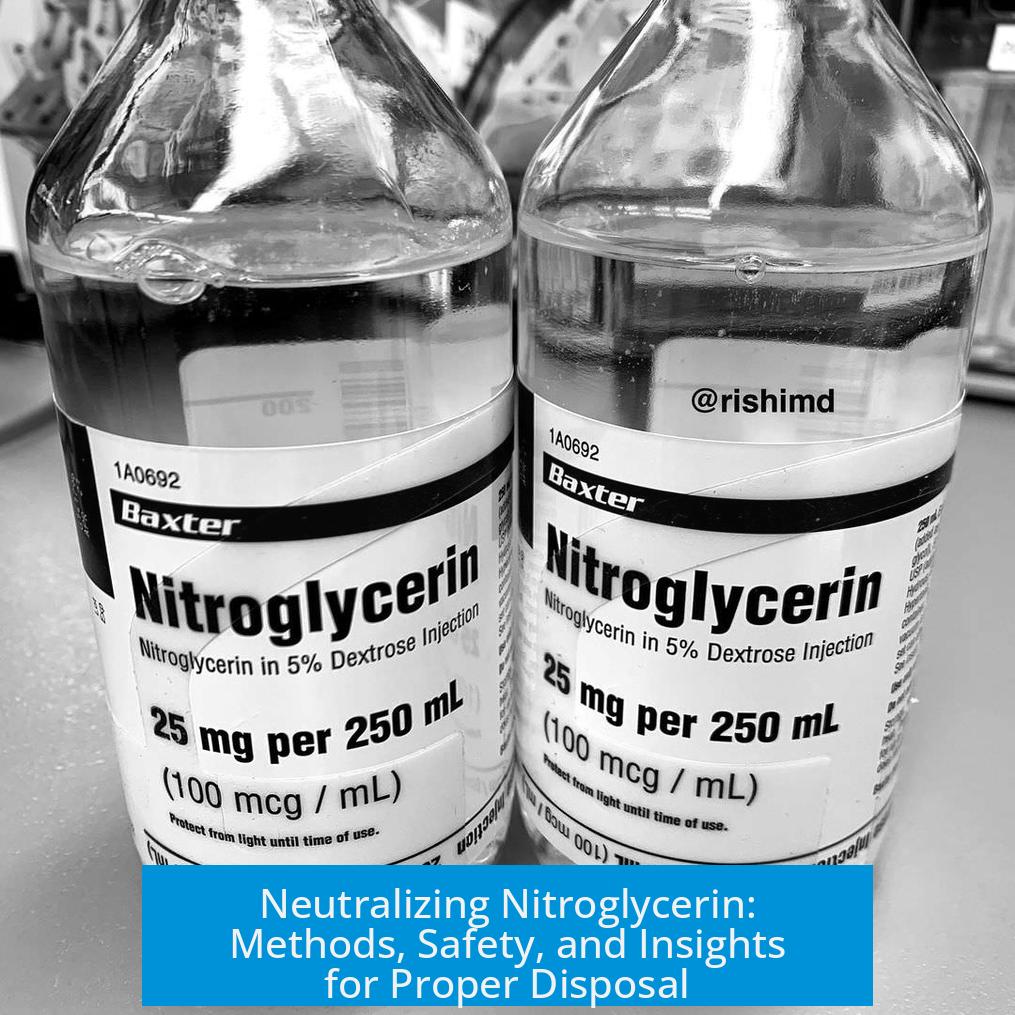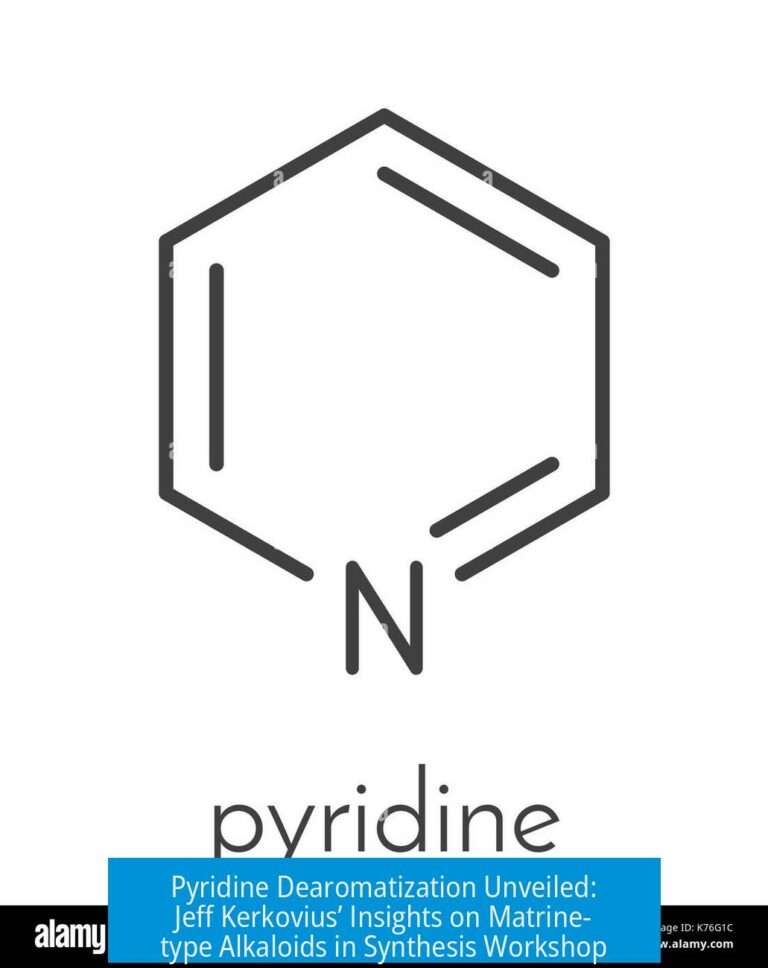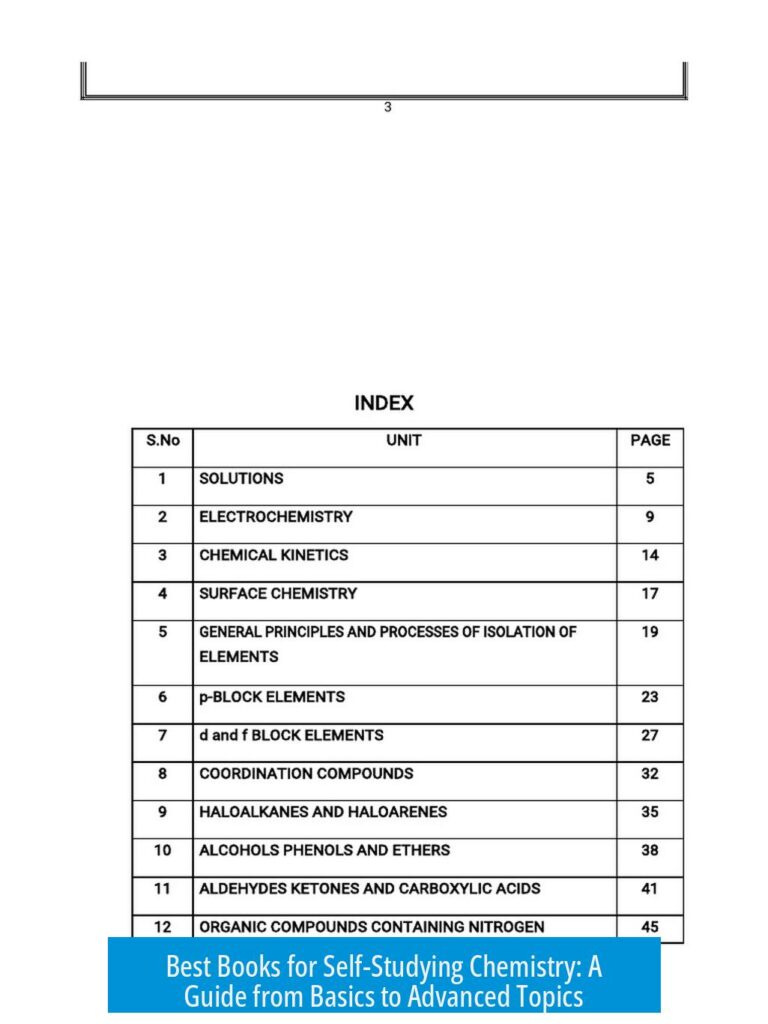Neutralizing Nitroglycerin: Safety, Chemistry, and Practical Methods
Neutralizing nitroglycerin (NG) is extremely hazardous and best left to experts. The chemical is highly sensitive and unstable, particularly when old or mishandled. Improper attempts can lead to catastrophic injury or death. While several chemical and physical methods exist theoretically to neutralize or stabilize NG, practical real-world disposal relies mainly on controlled burning or secure containment. There is no simple, safe, cheap reagent-based method widely available to amateurs or untrained personnel.
Understanding the Danger of Nitroglycerin
Nitroglycerin is a nitrate ester known for its explosive power. It easily detonates from shock, friction, or heat. In its raw liquid form, it is especially hazardous. Dynamite, which historically contains absorbed nitroglycerin in an inert matrix such as diatomaceous earth, is more stable but still risky, especially as it ages.
Authorities and experienced handlers strongly advise against handling unexploded ordnance (UXO) or aged NG-containing materials. Accidents involving NG have led to lost digits, severe injuries, and fatalities.
Composition and Stability of Dynamite Containing Nitroglycerin
- Dynamite formulations vary widely, including nitroglycerin, ammonium nitrate, ethylene glycol dinitrate (EGDN), and nitrocellulose components.
- Typically, nitroglycerin is absorbed into porous materials like diatomaceous earth aiding stability.
- Despite this matrix, old dynamite can “sweat” or exude nitroglycerin, making it dangerous.
- Clay and nitrocellulose cores resist chemical breakdown unless pulverized, complicating neutralization.
Chemical Neutralization Possibilities and Challenges
Nitroglycerin is an ester and can undergo alkaline hydrolysis (saponification) with strong bases like sodium hydroxide (NaOH). This reaction cleaves the nitrate ester bonds, breaking down nitroglycerin into less explosive components.
However, the reaction releases heat and can trigger detonation if uncontrolled. The process requires:
- Careful, dropwise addition of base to control temperature.
- Constant cooling during reaction to prevent overheating.
- Pre-pulverization of dynamite to expose NG to the solution, since intact sticks resist treatment.
Complete neutralization demands large quantities of caustic chemicals to dissolve and decompose the NG effectively. This is impractical and hazardous.
Some industrial or military operations have formulated specific liquids (e.g., a mixture of triethylene glycol, acetone, and sodium hydroxide – colloquially called “NG Killer”) to safely decompose small amounts of NG. However, exact formulations are proprietary or classified, and these solutions are unsuitable for large quantities or field use without extensive controls.
Solvent Dissolution Method
Nitroglycerin dissolves readily in organic solvents such as acetone, methylene chloride, or ethyl acetate. Dissolution can reduce sensitivity by dispersing and stabilizing NG molecules in solution.
Storage or transportation sometimes involves suspending NG in a solvent matrix (~40% NG) for safer handling. Solvent evaporation can reverse this safety, leaving raw NG behind, necessitating controlled environments such as nitrogen sparging or vacuum drying.
However, solvents are volatile and evaporate quickly, making containment critical. Solvent-based stabilization does not constitute neutralization and simply shifts the hazard.
Biological Degradation Prospects
Certain microorganisms metabolize nitrate esters and nitrates for energy. While biological degradation of nitroglycerin is theoretically possible, it is slow and incomplete. This process may render the substance less hazardous over time but is not practical for rapid neutralization or handling.
Such bioremediation techniques require controlled environments and expertise and serve more as environmental cleanup rather than immediate neutralization.
Real-World Disposal Practices
“Real world” disposal of liquid nitroglycerin commonly involves controlled burning at the location.
NG burns well but poses an explosion risk if confined.
For example, a soldier in Vietnam lost a foot by stepping on burning C4 combined with NG, illustrating the risk.
Burning NG in confined or enclosed spaces such as mines risks explosions and carbon monoxide poisoning.
Hence, burning NG inside mines is discouraged.
Another known disposal method involves gently releasing single sticks of NG-containing dynamite into deep, water-filled shafts. This isolates and cools the material, mitigating risk.
Direct removal and chemical neutralization are typically not options for non-professionals because of instability and the need for specialized equipment.
Practical Advice for Non-Experts
- Avoid handling or attempting to neutralize old nitroglycerin or dynamite yourself.
- Do not interfere with unexploded ordnance (UXO) or aging explosives in situ.
- If you encounter sweating or unstable dynamite, do not attempt physical or chemical neutralization.
- Consider re-adsorbing free nitroglycerin onto inert materials such as diatomaceous earth or clay to reduce volatility.
- Seek experts such as mining engineers or bomb disposal professionals with appropriate experience.
- In mines or disused shafts, the safest approach is to restrict access rather than remove NG-containing explosives.
Addressing the Question: Stabilizing Old Dynamite for Removal
The question arises: “Are there reagents or methods to stabilize old dynamite sweating nitroglycerin enough to allow affordable removal?”
The simple answer: There is no readily available chemical reagent that an amateur can safely use to stabilize or neutralize nitroglycerin in old dynamite for safe removal.
The complexity lies in the fact that nitroglycerin is sensitive to heat, shock, and friction, and neutralizing it requires carefully controlled chemical treatment involving heat management and pulverization of the original explosive matrix.
While sodium hydroxide-based saponification can theoretically neutralize NG, the reaction is exothermic and unsafe without proper cooling and control. Solvent dissolution provides only temporary stabilization, not neutralization.
The best practical approach within a limited budget is:
- Do not attempt chemical neutralization yourself.
- Contact local authorities, mining engineers, or explosive ordnance disposal (EOD) units who may have experience in stabilizing explosives.
- If accessible, re-adsorb free NG onto inert solids (clay or diatomaceous earth) to reduce sensitivity during handling.
- Ensure that removal is performed by professionals using standard protocols.
- Consider the cost of safe removal as an unavoidable expense given the extreme hazards.
Summary: Key Takeaways
- Nitroglycerin is highly sensitive; handling old or sweating dynamite is hazardous.
- Chemical neutralization via alkali hydrolysis is possible but risky and requires strict temperature control.
- Organic solvents can dissolve NG but do not neutralize it and pose evaporation risks.
- Biological degradation is slow and impractical for immediate safety.
- Practical disposal methods include controlled burning and containment in water-filled shafts.
- Non-experts should avoid chemical neutralization and contact professionals.
- Re-adsorption of NG onto inert materials can reduce sensitivity temporarily.
- No cost-effective, safe, amateur-friendly chemical method exists for stabilizing old nitroglycerin for removal.





Leave a Comment